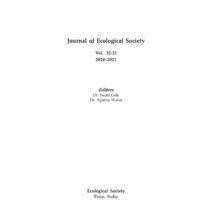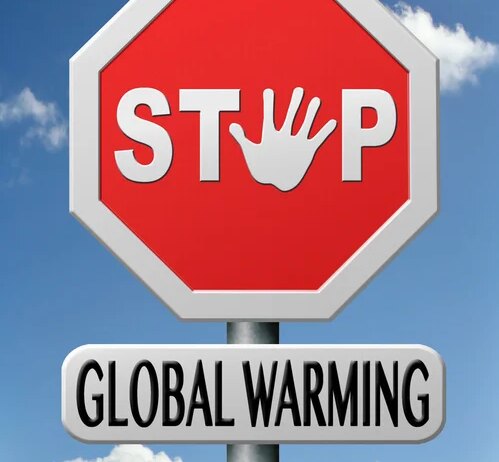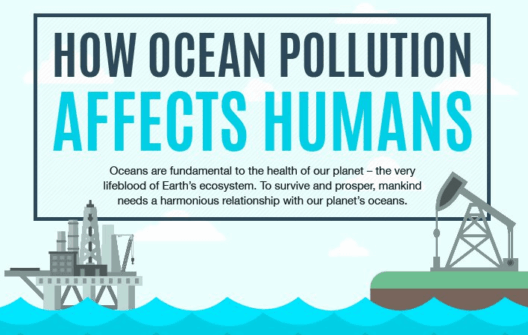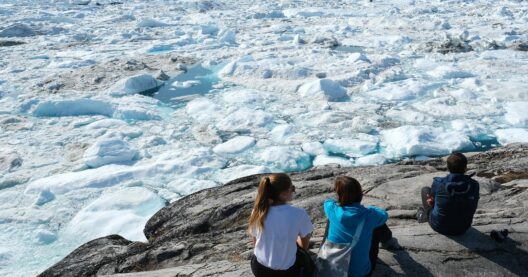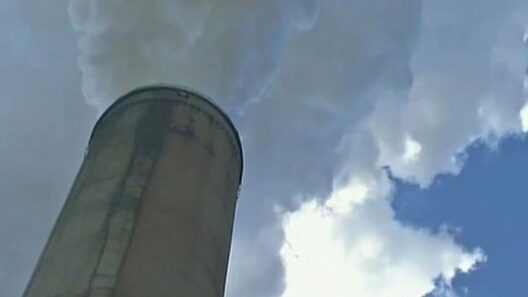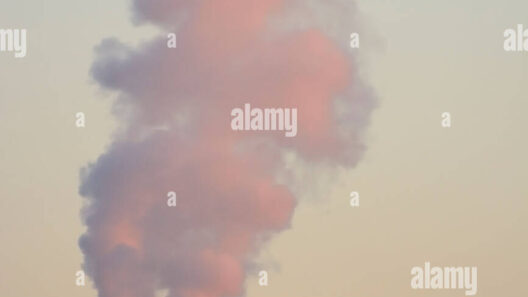In the grand tapestry of existence, global warming resembles a slow, yet irrevocable tide that imperceptibly licks at the edges of our collective consciousness. This silent intruder engages our minds with worry, discomfort, and often a sense of impotence. However, a transformative shift occurs when individuals cease to fixate on anxiety and begin to wield action as their instrument of change. Herein lies the paradox: embracing proactive strategies not only quells the distress about climate change but also engenders a robust sense of agency.
The phenomenon of global warming is daunting—yet viewing it solely through the lens of fear is akin to standing at the shoreline, fixating on the retreating tide, rather than recognizing the horizon beckoning us towards action. While it is entirely reasonable to feel apprehensive regarding climate change consequences, perpetual worry serves little purpose if it remains unaddressed. Therefore, the first step is converting angst into energy: the energy to act.
Revelation parks our path anew. We must understand that the climate crisis is not an inevitable doom, but rather a challenge that presents myriad opportunities for innovation and leadership. Instead of succumbing to a mentality steeped in despair, we can harness hope as a catalyst for sustainable change. The transformation of personal fear into motivated action invokes the imagery of a seed bursting forth from the ground; from darkness to light, the potential for growth is limitless.
To channel this momentum, one becomes an architect of sustainability through conscious choices. The initial foray into reducing one’s carbon footprint begins on an individual level. Implementing mundane yet impactful changes, such as utilizing energy-efficient appliances or reducing meat consumption, transcends individual action. Each small act coalesces into a greater movement, enhancing both personal well-being and the environment.
Moreover, these changes can ripple outward, engendering communal synergy. When one neighbor adopts a solar panel system or another starts a community garden, they inadvertently wield the power to inspire dozens more. This metaphorical forest of transformation flourishes when diverse branches—individuals, families, and organizations—intertwine their efforts, embracing cooperative potential while mitigating the overwhelming weight of despair.
One compelling illustration of this is the increasing trend of local food systems. As communities gravitate toward growing and consuming locally sourced foods, they not only diminish fossil fuel use associated with transportation but also stimulate local economies. This circular economy becomes a living testament that every incremental step indeed gardens the soil of collective action. Connecting with others over shared pursuits fosters a poignant tapestry of resilience against the warming tide.
However, none of this progress can materialize without education. Knowledge is an immeasurable asset in combating climate anxiety. To quell the worry that overwhelms many, it is crucial to cultivate awareness about the complexities surrounding climate change. Understanding the science behind it—the carbon cycles, the greenhouses gases, the role of deforestation—can illuminate pathways for effective engagement. Ignorance breeds apathy, while knowledge galvanizes purpose.
For example, consider the impact of carbon offsetting. Once individuals understand the principle of compensating for their emissions—whether through tree planting, supporting renewable energy projects, or preserving natural habitats—they can take actionable steps that resonate beyond their immediate surroundings. Each contribution enriches not just the planet, but also fosters a sense of fulfillment, replacing dread with constructive optimism.
Moreover, it is essential to leverage the influence of technologies and social media in the march toward sustainability. As disseminators of information, these platforms can bolster collective awareness, transform public discourse, and galvanize movements focused on climate justice. Harnessing the ethos of digital activism, individuals become ambassadors for radical change, utilizing their voices to challenge apathy and inspire action. Each post advocating for environmental stewardship stands as a declaration: we choose to act, not merely react.
Yet amidst these myriad pathways to action, frustration may still linger. Systemic challenges—political inertia, corporate interests, and social inequities—often loom large, clouding the collective sense of empowerment. However, despair invites disconnection. Instead, choose persistence. Engage in advocacy; join local organizations, attend town hall meetings, and lobby for legislative reforms. The art of activism is akin to weaving a resilient net; the more interconnected individuals are, the greater the capacity to catch and confront the threats that seek to engulf us.
Ultimately, a heart attuned to the collective struggle is vital. In embracing empathy, we transcend the limitations of individualism. The frailty of a single voice can be bolstered through communal resolve, as we engage with diverse perspectives. Our environmental stewardship transforms into a profound narrative, reflecting our shared humanity. As we embrace intersectionality within our activist movements, we build a robust coalition that retains the power to challenge structures of oppression, ensuring that no voice is left behind.
To stop worrying about global warming is not merely to surrender to ignorance—rather, it is to replace dread with informed, concerted action. Infuse your life with sustainable practices, engage the educational resources around you, and align your purpose with a broader collective movement. As we navigate this climatic crossroads, remember: the tide may rise, but we have the capacity to craft a beacon of hope, guiding us toward a sustainable future.
